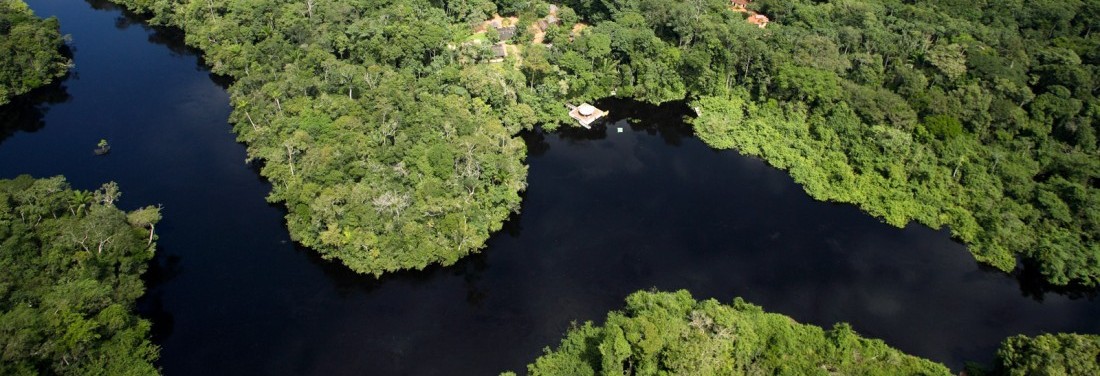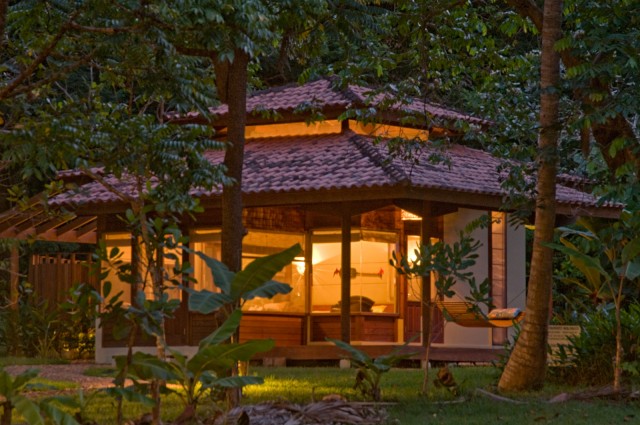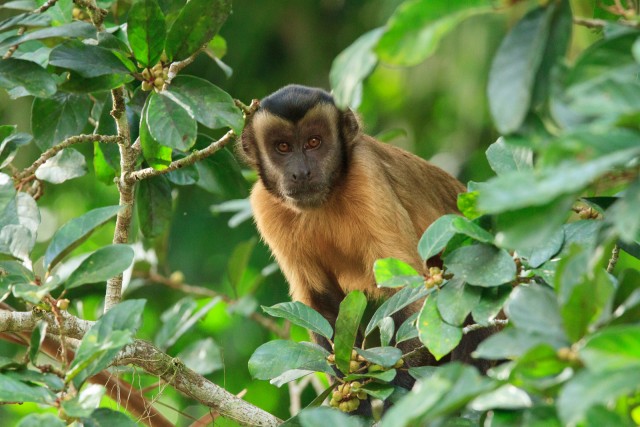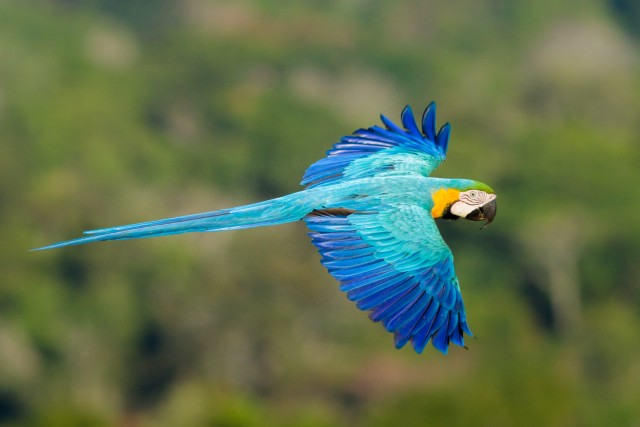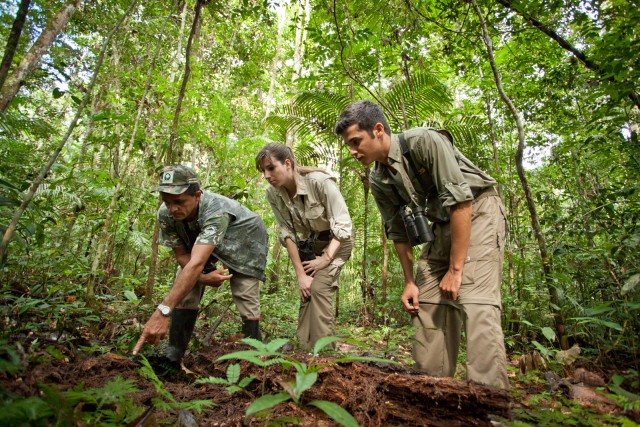DEEP IN THE HEART OF THE AMAZON: CRISTALINO LODGE
Soulful Concepts is on a quest to bring you the world’s best eco hotels. We believe sustainability can go hand-in-hand with comfort and style. So we have gone the extra mile to find incredible and unusual places for travellers to stay which offer a special blend of green barefoot luxury and adventure. Our emphasis on eco-friendly accommodation means that travellers will always experience great service in some spectacular natural locations, while still supporting local communities and conservation efforts. Let us take you to the Amazon to hear from one of our favourite eco-lodges: CRISTALINO LODGE AND AMAZON SANCTUARY in the below Q&A interview!
How did your story begin? What prompted your commitment to sustainable living?
Cristalino Lodge started as a dream to protect the forest and at the same time have a business. It started with Vitoria Da Riva Carvalho, who implemented a small lodge in the Cristalino River. Soon, the beauty of the place, alongside the richness of the avifauna, attracted many enthusiasts, including famous birdwatcher Ted Parker. The years to follow, marked Cristalino as one of the leading destinations for birdwacthers. Vitória was also trained by Conservation International, implemented several concepts of sustainable tourism – even though it was not called by this name back then. In 2006, Vitoria’s son, Alex, started working at the project, and implemented a concept of high quality experiences with comfort, allow the lodge the reach a larger audience of enthusiast, but always kept the original idea of conservation and protection of the forests. Alex also further invested in sustainable concepts, including energy, composting and organic food.
How energy-efficient is your lodging? How do you conserve energy or limit consumption?
We emphasize the use of natural sunlight, which reduces the need for artificial energy. All bungalows have large screened windows. Also, the constructions have escapes in the lanterns (roof), allowing the air to circulate naturally, and thus presenting a comfortable temperature without Air Conditioning.
All rooms are currently powered by solar panels, generating 2.3 MW per month and reducing CO2 emissions in the environment, thus ensuring maximum comfort in the midst of nature. All rooms also heat water using solar energy.
What water-saving strategies are in place? Does the hotel have low-flow showers or low-consumption toilets? Do you recycle grey water?
We have low consumption toilets with two buttons. While we do not reuse grey water, it is absorbed by our biological banana circle, made with permaculture techniques.
How efficient is your disposal of waste? Do you recycle plastics? Do you compost?
We compost 100% of all organic waste and reuse it for our gardens and organic food production.
We send the non-organic materials, separating plastic, glass, paper and metals, to be processed in town.
Do you hire locally? Are the environmental practices talked about and understood by staff?
Yes, absolutely. 99% of our employees come from the local community. We give them periodic trainings. The environmental practices are not only understood, but also part of our staff’s lives. They share it naturally with guests.
Are ingredients sourced locally? Is bedlinen made from organic cotton or at least 100% cotton?
A large part, yes. We grow most of the green vegetables, manioc, corn and spices. What we cannot grow, we usually buy from local organic farmers. There is a strong local production of organic vegetables. All bedlinen is made from 100% cotton, with 300 threads, to make them more comfortable.
What other unique strategies are in place to ensure your accommodation is as sustainable as possible?
We limiting the excursion groups to a maximum of eight guests per group, to reduce the impact on the forest while improving the chances of observing wildlife. We also do not feed wildlife, in order not to affect their ability to obtain food and also to avoid making them dependent on humans.
For the waste, it is important to note we have both black and grey treatments in place, using permaculture systems. Also, we have an educational program in place, taking local children to learn about the rainforests – and hence increase the awareness to protect it. The program reached more than 1,400 children directly.
Finally and most important, we directly protect 11,399 hectares (28,167 acres) of rainforest, an area 1.3 times larger than Manhattan Island, USA.

